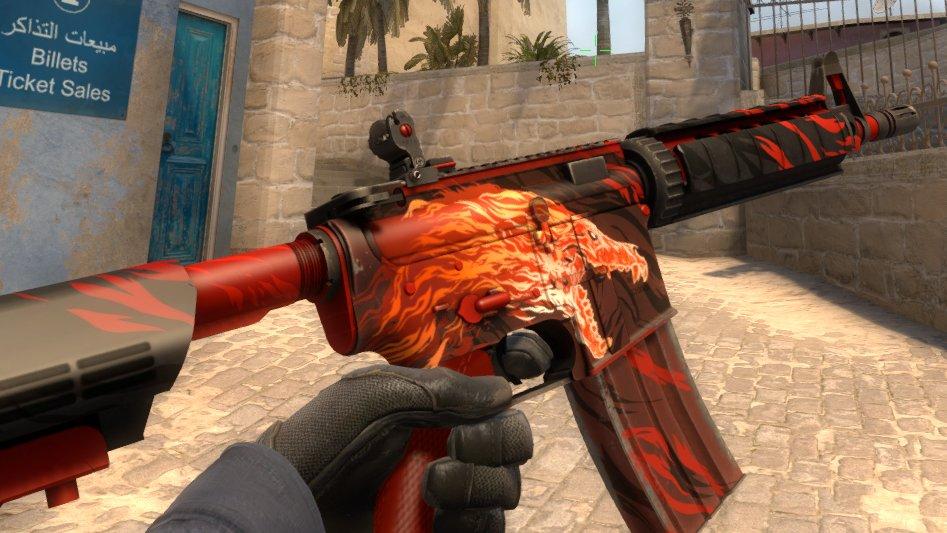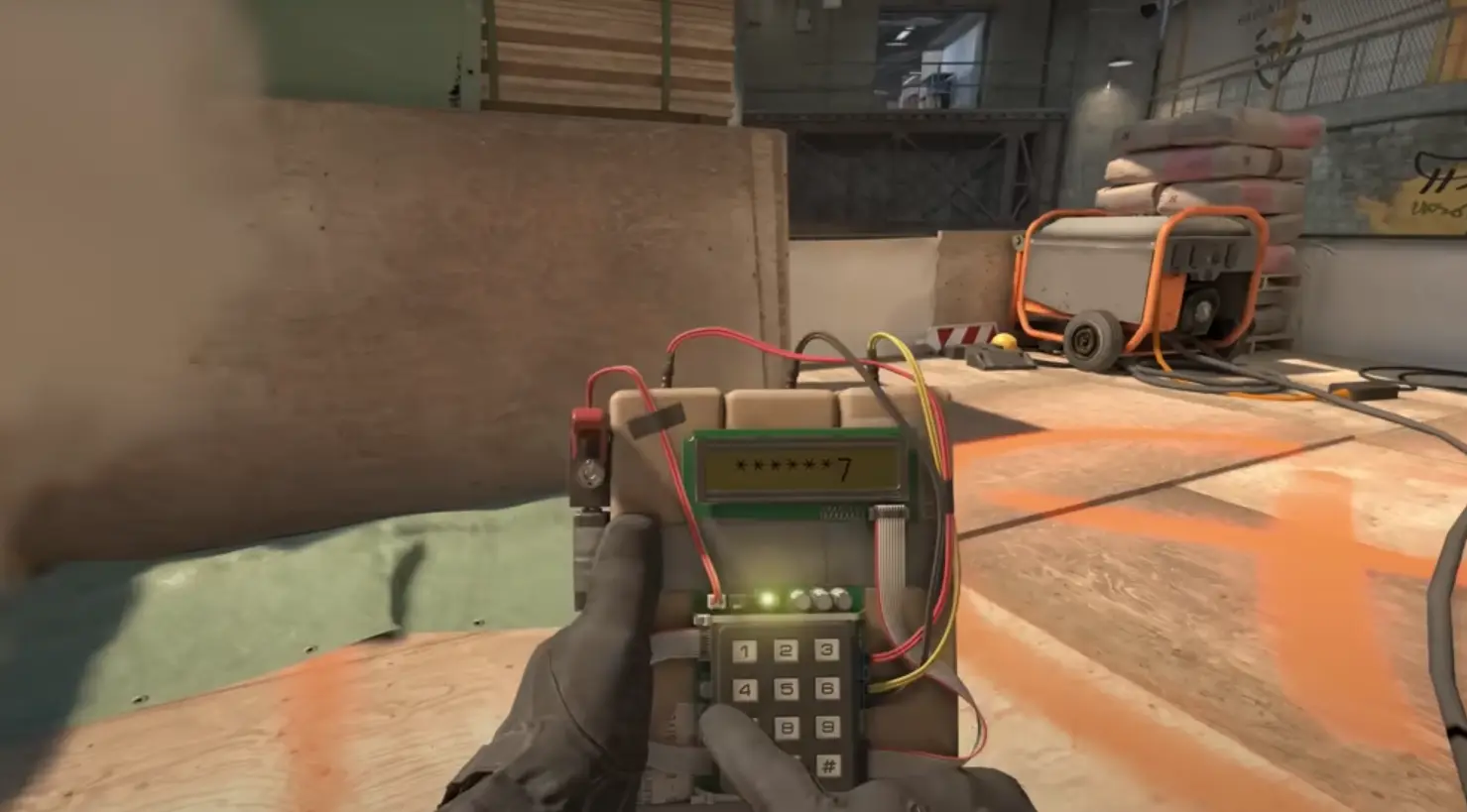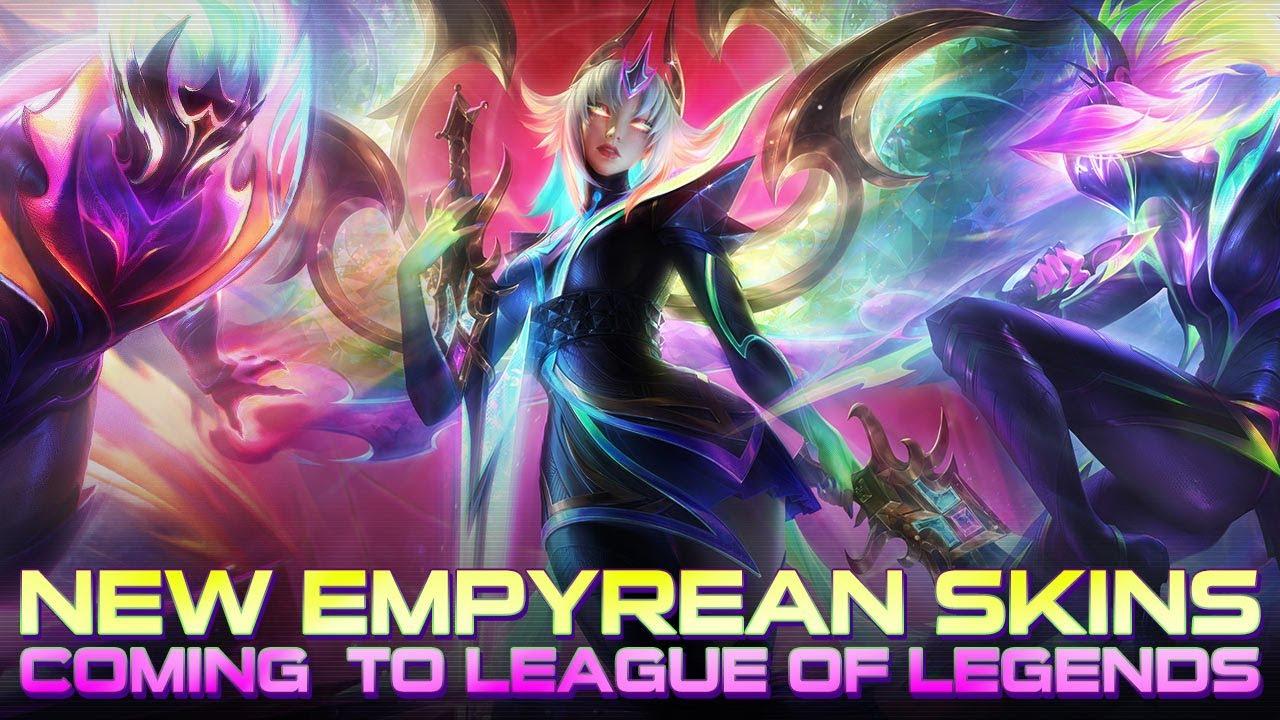
Everything you need to know about skin betting in CSGO
Anyone that has been around Counter-Strike: Global Offensive for any length of time has probably heard about skin betting at one point or another. The practice was wildly popular during the formative days of CSGO’s pro scene and helped the game reach the heights it enjoys today.
But in 2019, skin betting isn’t really talked about much anymore. While skins are still a big part of playing the game courtesy of the glitzy rifles players bring onto the server, players will usually just flip a great case opening or drop onto the Steam Marketplace rather than risk rolling the dice for the skin they’re looking for.
So what was skin betting? What happened to it? Why isn’t it as much of a phenomenon anymore?
It’s worth looking back at CSGO skin betting, tracking its history, and looking at where things stand with it today.
What is skin betting in Counter-Strike: Global Offensive?
In 2010, Valve introduced the Mann-Conomy Update to hero shooter Team Fortress 2. The patch introduced a number of new cosmetics, weapons, and features to the game. But the biggest additions of all were an item shop that used real-life currency and the ability to trade items with friends.
The Mann-Conomy Update was a smashing success and Valve reaped significant financial rewards as players purchased new items and loot box keys. This functionality was also integrated into the Dota 2 client. As time went on, Valve expanded it throughout all of Steam and made microtransactions a major feature in nearly all of its titles.
While other games had their own similar setups that enjoyed varying levels of success, the fandom that supported this feature the most was Counter-Strike: Global Offensive. Players were able to change the appearances of their guns with colorful skins, and could use stickers bearing the logos of their favorite pro teams to customize them even further.
The introduction of the Steam Marketplace, which allowed players to sell items to each other, gave these skins a defined market value. Alongside this, Valve started working with outside developers to create third-party tools for things like stat tracking and inventory management.
This eventually created a unique betting market that revolved entirely around CSGO, with bettors wagering CSGO items on the outcomes of professional CSGO games. Skin betting became a major part of the Counter-Strike experience and greatly increased both pro CSGO viewership and the value of skins.
What happened to CSGO skin betting?
During its time, skin betting was incredibly popular. A number of sites popped up offering action to CSGO players. Bookies, tournament organizers, and Valve all reaped the rewards of the increased viewership and the greater overall value of cosmetics.
Despite that success, things went off the rails in epic fashion.
In 2016, a scandal erupted surrounding involving YouTubers Trevor “TmarTn” Martin and Tom “ProSyndicate” Cassell. The pair founded a gambling site called CSGO Lotto and promoted it with videos on their YouTube channel without disclosing the fact that they owned it.
This resulted in multiple lawsuits being brought against TmarTn and ProSyndicate, with Valve being named as a defendant as well. It also sparked a separate investigation into the matter by the Federal Trade Commission.
A few months later, the Washington State Gambling Commission forced Valve to take steps towards ending skin betting.
“The Gambling Commission expects Valve to take whatever actions are necessary to stop third party websites from using ‘skins’ for gambling through its Steam Platform system, including preventing these sites from using their accounts and ‘bots’ to facilitate gambling transactions,” the commission said in a statement.
Valve complied by disabling many of the tools that kept these websites operating. Though CSGO Lotto was not technically a skin betting site, actual skin betting sites were also caught in the crossfire. This almost completely wiped out skin betting overnight, with many skin betting sites shutting down or being forced to operate in a completely different way.
Does CSGO skin betting still exist?
For the most part, skin betting dried up in 2016 with Valve’s shutdown of the tools that were used to keep those sites running. Some of the sites made moves to become more traditional betting operators. Others went in the direction of becoming more of a trading hub for CSGO skins that were previously used for betting.
Today, betting skins and winning skins on the outcome of matches is largely a thing of the past. There are still a few different ways to use skins from CSGO and other games for betting purposes, however.
There are a number of betting sites that allow players to use CSGO skins in place of cash for deposits. This usually requires extra steps of using a separate trading hub site. Instead of being converted into real-life money, the skins are then turned into a currency used on the specific site. This currency can be used for wagering on pro matches in esports and traditional sports, with cashing out typically done by purchasing new skins.
Those sites are gaining a bit of momentum of late, but the ghost of CSGO Lotto still haunts any sort of skin betting. The skin trading market is a volatile one under any circumstances, as prices can shift based on a number of different factors. Making matters worse, there are concerns that if these sites ever start becoming widely popular in the way past skin betting sites were, Valve might preemptively crack down on the practice and potentially leave bettors cut off from their deposits.
Betting skins is certainly a fun pastime and still lives on to some degree. But the best and safest way to bet on CSGO and other esports is to do so with more traditional currency.
Recommended

All maps are now available in CS2, what does it mean?
Poor Inferno players.

Redline creator reveals a sequel skin for CS2
Maybe call it the Orangeline?

CS2 release date: Everything we know so far
Is it CS2-morrow? No, it is not.





